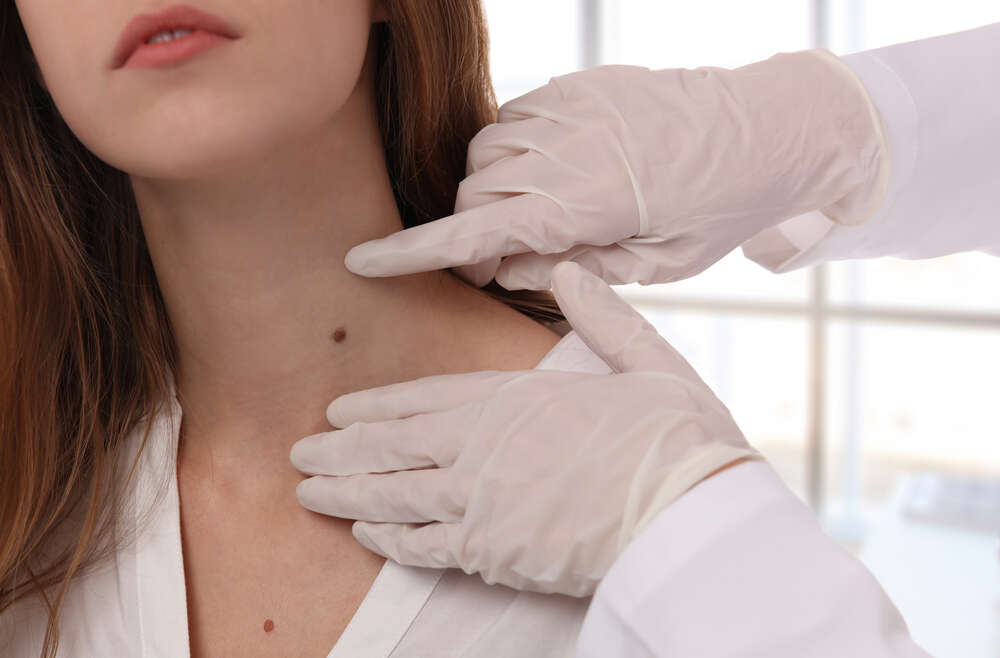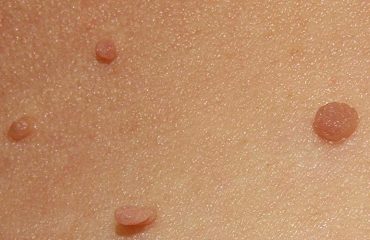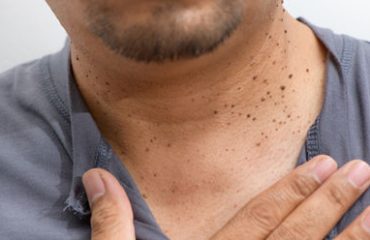Skin tags, medically known as acrochordons, are common, benign skin growths that often appear in areas where the skin folds or rubs together, such as the neck, armpits, groin, and under the breasts. These small, soft growths are typically harmless and painless, but they can be a cosmetic concern or become irritated by clothing or jewelry. Many people wonder: can you safely remove skin tags yourself? This paper examines the safety, risks, and techniques for self-removal of skin tags, alongside professional treatment options and prevention methods.
what are skin tags?
Skin tags are tiny, pliable, flesh-toned growths that extend from the skin. They are composed of collagen fibers, blood vessels, and sometimes fat cells, all covered by an outer layer of skin. Although the exact cause of skin tags is not entirely understood, several factors contribute to their development, including friction, obesity, age, genetics, hormonal changes, diabetes, and certain strains of HPV (Human Papillomavirus). While they are benign and not cancerous, skin tags can be bothersome, prompting individuals to seek removal options.
can you safely remove skin tags yourself?
The question of can you safely remove skin tags yourself? is complex. While it is possible to remove skin tags at home, it is generally not recommended without professional guidance due to the associated risks. Here are the primary considerations:
risks of self-removal
Infection Risk: Without proper sterilization, there is a significant risk of infection. Using unsterilized tools or failing to clean the area properly can introduce bacteria into the wound.
Bleeding: Skin tags have a blood supply, and improper removal can lead to excessive bleeding. This can be particularly problematic for individuals with bleeding disorders or those on blood-thinning medications.
Scarring: Improper removal techniques can result in scarring or skin discoloration, which may be more cosmetically concerning than the skin tag itself.
Pain: Removing a skin tag without the right techniques and tools can be painful.

remove skin tags
methods of self-removal
If one decides to proceed with self-removal, it is crucial to use safe methods and follow proper procedures:
Sterilize Tools and Area: Clean the skin tag and surrounding area with rubbing alcohol. Ensure any tools used, such as scissors or nail clippers, are sterilized.
Use Proper Tools: Use sterilized, sharp scissors or a blade specifically designed for skin tag removal. Over-the-counter skin tag removal kits are available, which include devices to freeze the skin tag or bands to cut off its blood flow.
Aftercare: Apply an antibiotic ointment to the area after removal and keep it clean to prevent infection.
Professional Treatments
To avoid the risks associated with self-removal, seeking a dermatologist for skin tags is the safest option. Dermatologists are trained to accurately diagnose and treat skin conditions, ensuring safe and effective removal. Here are some professional methods used by dermatologists:
Cryotherapy: This technique uses liquid nitrogen to freeze the skin tag, leading it to detach and fall off within a few days.
Cauterization: Dermatologists use electrical energy to burn off the skin tag.
Ligation: This technique involves tying off the skin tag to cut off its blood supply, causing it to wither and drop off.
Excision: Using sterile scissors or a scalpel, dermatologists can cut off the skin tag with minimal risk of infection or scarring.
how to prevent getting skin tags
Preventing skin tags is challenging, but certain measures can help reduce their occurrence:
Maintain a Healthy Weight: Reducing body weight can decrease skin folds and friction, lowering the likelihood of skin tags forming.
Wear Loose Clothing: Tight clothing can cause friction, so opting for loose-fitting garments can help prevent skin tags.
Practice Good Hygiene: Keeping skin clean and dry, especially in areas prone to friction, can help reduce the risk of skin tags.
Regular Check-Ups: Regular visits to a dermatologist can help identify and address any skin issues early on.

How to remove skin tags
conclusion
The question, “can you safely remove skin tags yourself?” has no straightforward answer. While it is possible to remove skin tags at home, the associated risks, including infection, bleeding, scarring, and misdiagnosis, make it a risky endeavor. For safe and effective removal, consulting a dermatologist for skin tags is the best course of action. Professional treatments, such as cryotherapy, cauterization, ligation, and excision, ensure that skin tags are removed safely and with minimal complications.
Moreover, understanding how to prevent getting skin tags through weight management, wearing loose clothing, practicing good hygiene, and regular dermatological check-ups can help reduce their occurrence. Ultimately, prioritizing safety and seeking professional advice is crucial when dealing with skin tags. If you are concerned about skin tags or considering removal, find dermatologist for skin tags treatment to ensure the best care for your skin.

how to prevent getting skin tags



